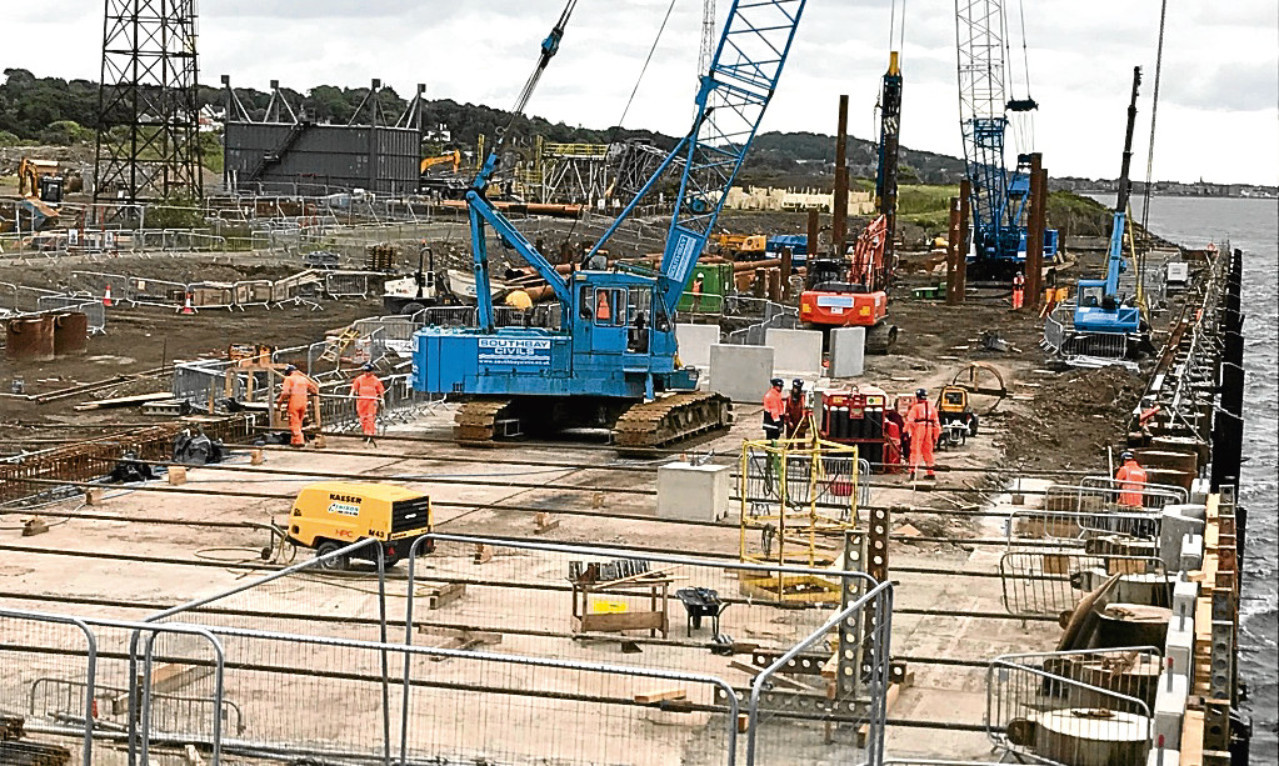Work from the Queensferry Crossing, the dualling of the A9 from Perth to Inverness and Aberdeen’s new bypass have all proven a tonic in tough times.
But two of those major infrastructure projects will shortly be at completion – the new Forth bridge as early as next month – and that leaves the question, what next?
That is certainly something the construction sector is pondering right now.
New research by the Scottish Building Federation has found optimism levels within the sector have dropped into negative territory as firms wonder where the next contract is coming from.
The truth is there is precious little on the horizon right now – and there are a lot of people chasing the scraps.
But a decision by the Court of Appeal might just provide a chink of light.
Last week a long-running legal action came to a halt – in the Scottish courts at least.
Bird protection charity RSPB Scotland had wanted to stop the development of three major windfarms in the firths of Tay and Forth.
The tactic used by the wildlife organisation was to challenge the validity of the planning approvals that Scottish ministers had granted for the arrays back in the autumn of 2014.
Ultimately futile, the court action has served to delay the first wind turbines for more than two years.
But barring a costly (for all sides) challenge to Europe, it now looks as though we will finally see the windfarms become a reality.
Developer Mainstream Renewables Power is ready to go and has said it expects to be on-site in the Forth building its long-awaited Neart Na Gaoithe array next year.
That represents an investment in the order of £2 billion – significantly more than has been spent on building the Queensferry Crossing.
And it is not alone.
Inch Cape is planning a similar investment at its development site off the coast of Angus and then there’s the prospect of a third mega-project also for this area in Seagreen.
Collectively, the development value of all three arrays is akin to the figure spent hosting the London Olympic Games. In short, they have the potential not only to fill the gap left by the passing of the infrastructure work but also to fuel the economy for years to come. What the court has done here is provide an economic elixir to slake a collective thirst for work.
I hope the turbine developments now go ahead without any further delay.
ghuband@thecourier.co.uk
